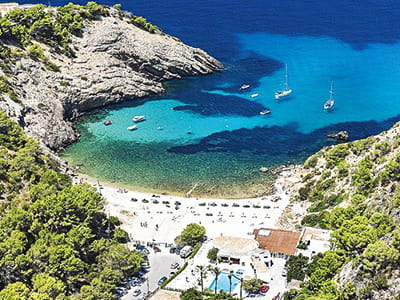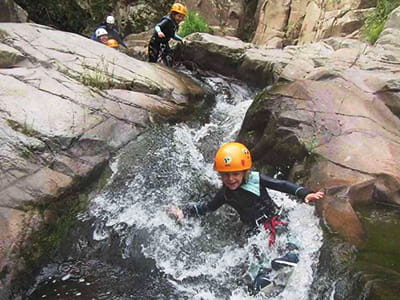The Medieval Poblenou Cemetery: A Historical Gem in Barcelona
Nestled in the vibrant Poblenou district of Barcelona, the Poblenou Cemetery (Cementiri de Poblenou) stands as a poignant testament to the city's rich history and architectural beauty. Established in 1775, it was the first cemetery built outside the medieval city walls, created to address the pressing need for burial space as urban populations grew and churchyards became overcrowded. This cemetery not only serves as a resting place for many of Barcelona's notable figures but also showcases an array of artistic and architectural styles that reflect the cultural evolution of the region.
Poblenou Cemetery Historical Context
The original cemetery was designed by Bishop Climent to alleviate the health hazards posed by overcrowded parish cemeteries within the city. However, it was destroyed during the Napoleonic invasion in 1808. After its destruction, the cemetery was rebuilt and expanded under the guidance of Italian architect Antonio Ginesi, who completed its reconstruction in 1819. The new design featured a symmetrical layout with a rectangular floor plan, a semicircular plaza, and a chapel, all influenced by Neoclassical aesthetics.
Poblenou Cemetery Architectural Features
Poblenou Cemetery is divided into three distinct sections:
1. The First Section: This area consists of a labyrinth of burial niches, rising up to seven stories high, which is a characteristic feature of many Spanish cemeteries. It provides a stark contrast to the more elaborate mausoleums found in other sections.
2. The Second Section: This section is renowned for its grandiose Neoclassical and Neo-Gothic tombs and mausoleums, constructed by some of Barcelona's wealthiest families during the late 19th and early 20th centuries. The artistry displayed in this area includes intricate sculptures and elaborate designs that reflect the aspirations of the bourgeoisie.
3. The Third Section: A narrower area along the southern wall, this section contains a mix of niches, monuments, and common graves, providing a more humble resting place for those less affluent.
Notable Monuments
Among the many artistic treasures within Poblenou Cemetery, one of the most famous is "The Kiss of Death" (*El petó de la mort*), created by sculptor Jaume Barba in 1930. This hauntingly beautiful sculpture depicts a winged skeleton kissing the cheek of a young man, symbolizing the transient nature of life and death. It has become an iconic representation of the cemetery and draws visitors from around the world.
Another significant monument is dedicated to the victims of the 1821 yellow fever epidemic, which claimed thousands of lives in Barcelona. This central monument serves as a reminder of the city's historical struggles with disease and mortality.
Additionally, visitors often pay homage to "El Santet", or "the little saint," whose tomb belongs to Francesc Canals i Ambrós. He was known for his selfless acts during his short life and is believed to have performed miracles after his death at age 22. His grave remains adorned with fresh flowers and offerings from devoted followers.
Visiting Poblenou Cemetery
Poblenou Cemetery is open to visitors year-round, offering free entry. It is easily accessible via public transport, with nearby metro stations such as Llacuna on Line 4 (yellow line). Visitors can explore at their own pace or join guided tours available in Spanish and Catalan that delve into the cemetery's history and notable graves.
Poblenou Cemetery Conclusion
Poblenou Cemetery is more than just a burial ground; it is a historical and cultural landmark that encapsulates Barcelona's evolution over centuries. Its blend of artistic expression, architectural grandeur, and poignant memorials makes it an essential stop for anyone interested in exploring the city's rich heritage. Whether you are drawn by history, art, or simply seeking tranquility amidst beautiful surroundings, Poblenou Cemetery offers a unique experience that resonates deeply with its visitors.
Similar to Poblenou Cemetery
Canyoning, Via Ferratas and Team Building ... you choose the activity, and we will make sure you will enjoy it!
Digital Partners
Corporate Online Marketing Services
Barcelona Data Driven Marketing
2Let2 Cathays Cardiff


